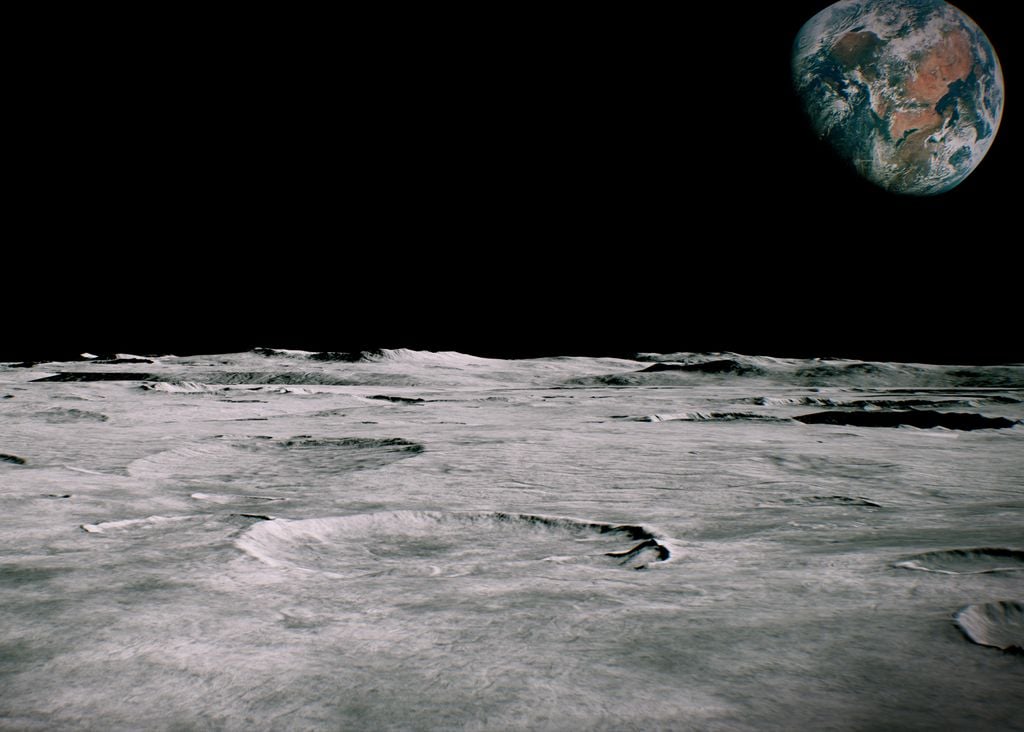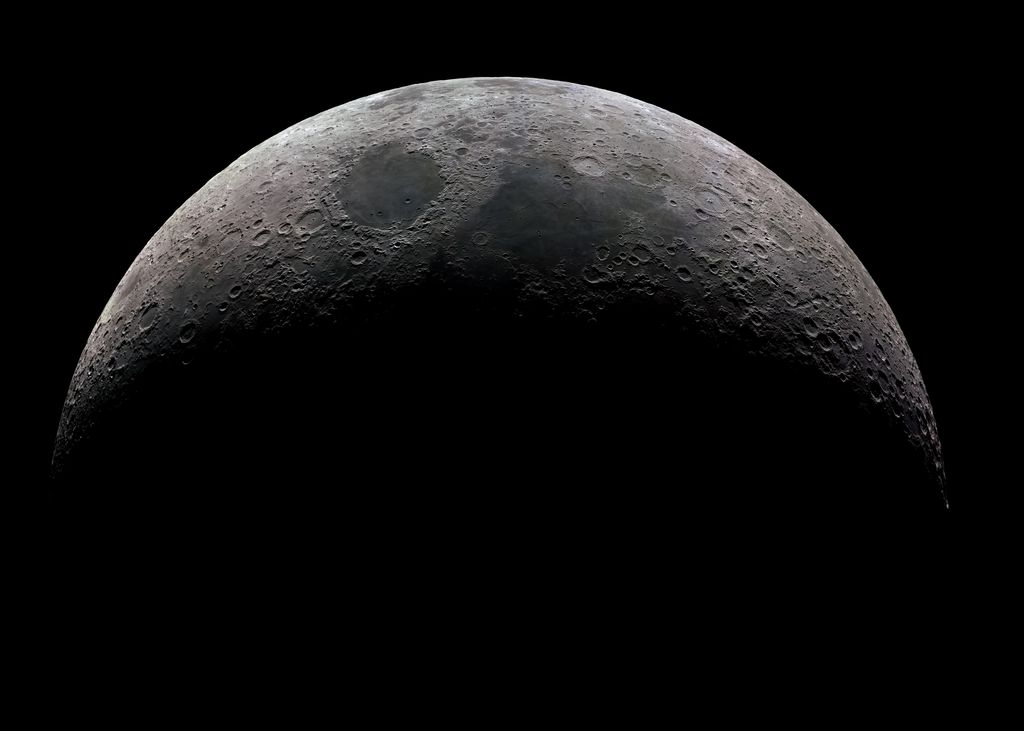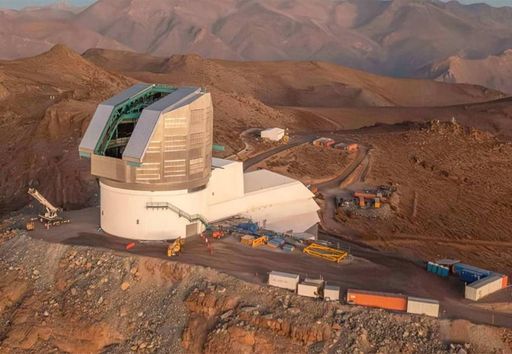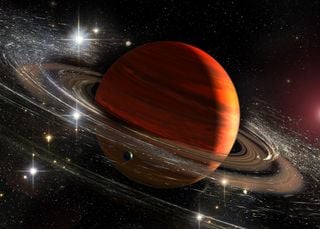New study unlocks Apollo 16 moon samples, unveiling billions of years of lunar impact history
Apollo 16 moon samples reveal billions of years of lunar history, from ancient asteroid impacts to valuable resources, aiding plans for future lunar missions.

A groundbreaking study has reexamined moon samples collected by Apollo 16, revealing new details about lunar history. Led by Mark Nottingham from the University of Glasgow, this research uncovers how past asteroid impacts and solar wind have shaped the moon over billions of years. By analyzing trapped noble gases, scientists hope to better understand the resources available for future lunar exploration.
A Journey Back to Ancient Lunar History
Researchers have uncovered new insights from the Apollo 16 samples, collected over 50 years ago in the lunar highlands’ Descartes region. In 1972, Apollo 16 astronauts John Young and Charles Duke gathered nearly 200 pounds (96 kg) of lunar material, including pebble-like soil from the moon's rugged, cratered surface. Chemical analyses of this lunar dust uncovered noble gases such as argon and xenon, revealing valuable clues about ancient space weather, asteroid impacts, and the solar wind that shaped the moon over billions of years.

In the study published in Meteoritics & Planetary Science, researchers employed advanced mass spectrometry techniques to analyze the age and exposure history of noble gases trapped in lunar samples. Their findings indicate that regolith breccias—lunar rocks formed from fragments of moon dust, soil, and small rocks that bond together under the immense pressure and heat of asteroid impacts—have been exposed to solar winds and asteroid strikes for billions of years, providing a rich record of ancient events that shaped the moon's landscape.
By piecing together this exposure data, scientists now have a more complete view of how intense asteroid impacts gradually slowed over time, shaping today’s lunar surface.
Revealing Potential Resources for Future Missions
Beyond historical revelations, this study could help future lunar missions by identifying valuable resources embedded within the moon’s surface. Noble gases, along with other elements, could be harnessed to support human exploration, making future moon bases more self-sufficient. By understanding where certain elements accumulate in the lunar soil, mission planners can better strategize on resource collection and utilization.
New study of Apollo 16 moon samples reveals hidden lunar history https://t.co/ySwZ6SIRaR pic.twitter.com/m9pwDGZz2M
— SPACE.com (@SPACEdotcom) October 27, 2024
Since the Apollo era, sample studies have been a crucial source of knowledge, guiding NASA's planning for upcoming missions under the Artemis program. Nottingham's study highlights the importance of analyzing older samples with newer technology, as the Apollo 16 samples continue to reveal unexplored details even after decades.
Why Lunar Samples Still Matter Today
Although many lunar samples have been analyzed, some remain sealed and untouched, awaiting new advances in technology and scientific methods. Nottingham’s team demonstrates how even familiar samples, like those from Apollo 16, can surprise us, showcasing the lasting scientific value of lunar rock collections. With improved analytical tools, these samples can now reveal more nuanced details of the moon’s complex history.
Apollo 16 mission
— One picture of apollo every hour (@ApolloArchivist) October 28, 2024
Naza Image Archive ID:
as16-120-19207_21808547819_o pic.twitter.com/3LdeEv0lXQ
Studies like these provide not only historical insights but also future benefits, as the knowledge gained from noble gas analysis applies to both lunar science and wider planetary studies. This ongoing research into Apollo samples is key to understanding our closest celestial neighbor and could drive the success of future exploration.
News reference:
Kuthunur, S. “New study of Apollo 16 moon samples reveals hidden lunar history”https://www.space.com/apollo-16-moon-samples-lunar-history








